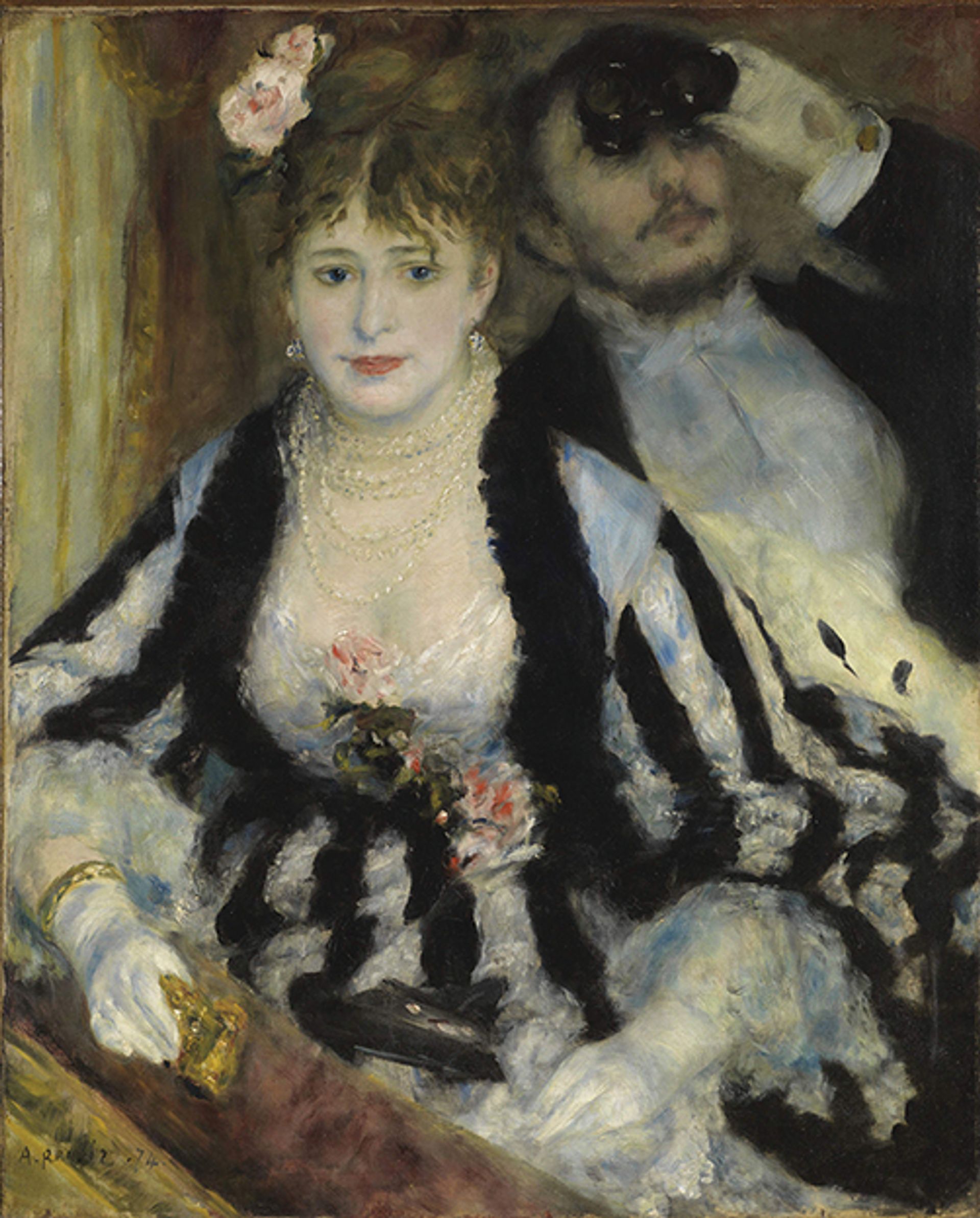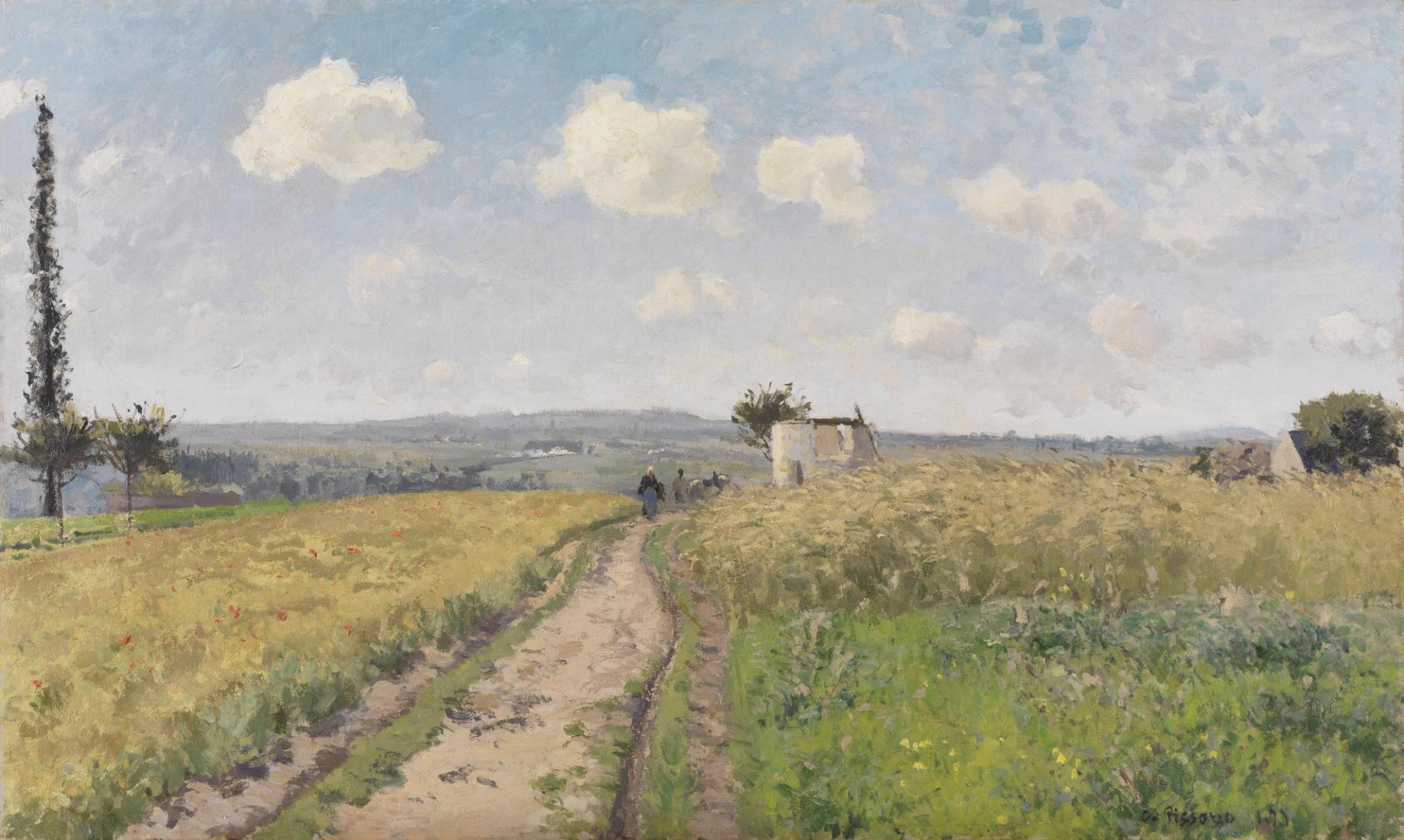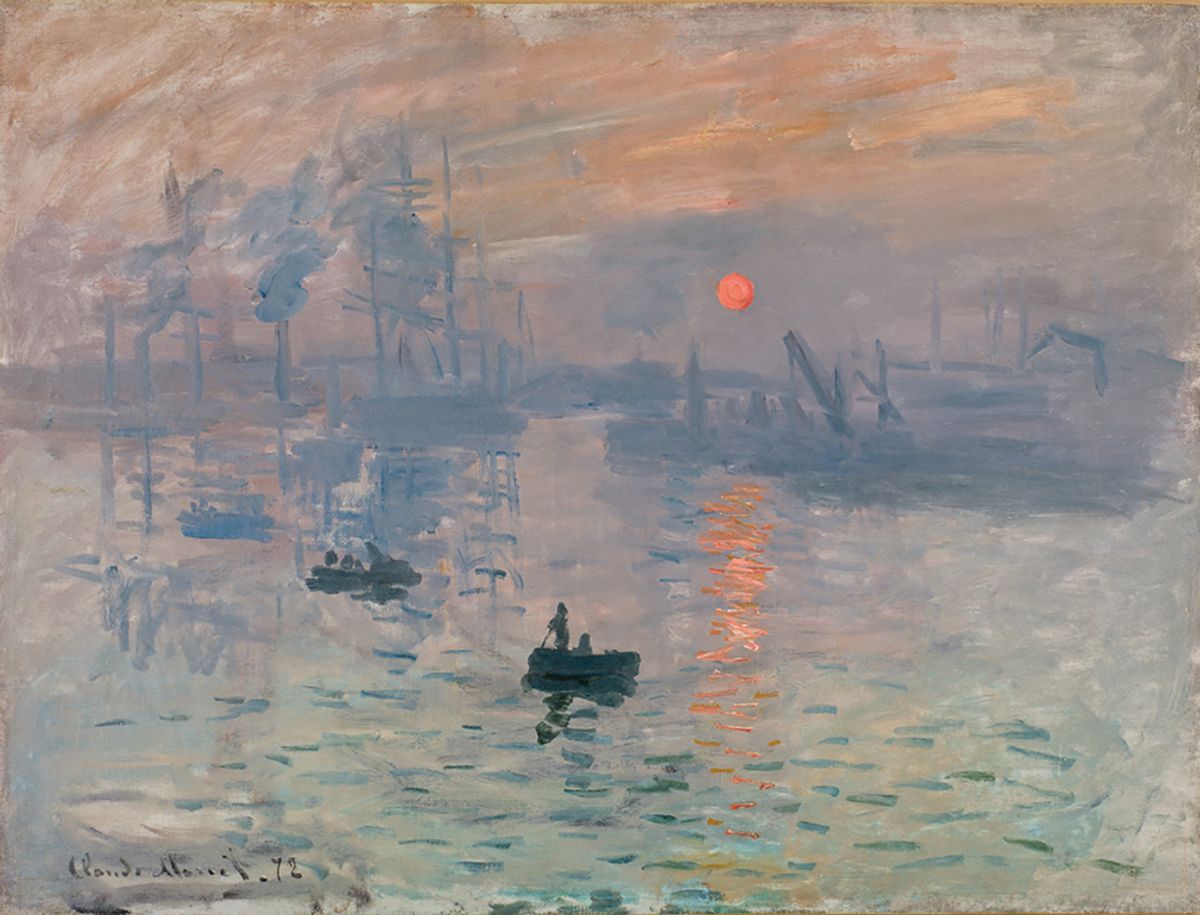The 150th anniversary of the first Impressionism exhibition will be marked with an ambitious show that opens this month in Paris at the Musée d’Orsay, owner of the world’s finest collection of these works. On display in Paris 1874: Inventing Impressionism will be 130 pictures, most of which were hung in the groundbreaking 1874 show.
The word “Impressionism” did not exist at the time of the 1874 show, when it was presented as the inaugural exhibition of the Société Anonyme, a cooperative of artists, sculptors and printmakers. The word, which was originally disparaging, was coined by the critic Louis Leroy, when writing about Claude Monet’s Impression, Soleil Levant (1872) in the satirical review Le Charivari. This painting, on loan from the Musée Marmottan across town, will be the star of the show.
We will invite visitors to immerse themselves in this decisive moment, a major rupture in the history of art
It is often forgotten that what is now known as the first Impressionism exhibition actually included a wide range of art, with 165 works. Of the 30 painters, only seven became big names: Monet, Paul Cézanne, Edgar Degas, Berthe Morisot, Camille Pissarro, Pierre-Auguste Renoir and Alfred Sisley. It was they who started the revolution in art, painting in a loose and informal style, and working en plein air to capture the effects of light. Most of the other artists in the 1874 show were never regarded as Impressionists and many have almost sunk without trace.

Pierre-Auguste Renoir’s La Loge (1874) was one of the works in the first Impressionist show 150 years ago © The Courtauld
Few visitors to the 1874 exhibition would have had any idea of where Impressionism would lead: first to Post-Impressionism (a term invented in 1910 by the English artist and historian Roger Fry) and then to the development of Modernism.
As the years unfolded, Impressionism became increasingly popular with the public, and many of the most expensive paintings sold at auction during the late 20th century were by the Impressionists (although in the 21st century they have been increasingly overtaken by later artists).
Both the Museé d’Orsay and the National Gallery of Art in Washington, DC—where the exhibition will travel to in September—have made strenuous efforts to secure the loans of the most important works shown in 1874. These include Degas’s Aux courses en province (around 1869, Museum of Fine Arts, Boston), Monet’s Boulevard des Capucines (1873-74, Nelson-Atkins Museum of Art, Kansas City), Pissarro’s Matinée de juin, Pontoise (1873, Staatliche Kunsthalle Karlsruhe) and Renoir’s La Loge (1874, Courtauld Gallery, London).

Camille Pissarro's Matinée de juin, Pontoise (1873) Karlsruhe, Staatliche Kunsthalle Karlsruhe; Photo Staatliche Kunsthalle
In our own time, Impressionism is increasingly seen as rather dated, overtaken by numerous subsequent -isms. This has prompted the curators’ determination to re-examine its revolutionary impact in the light of fresh research, which will be revealed when the show opens in Paris. As Christophe Leribault, the Orsay director, puts it: “We will invite visitors to immerse themselves in this decisive moment, a major rupture in the history of art, and help us understand its emergence and grasp its radicality.”
The exhibition will undoubtedly be spectacular, attracting huge crowds. The 1874 exhibition received 4,000 visitors, but this year the Impressionists will likely get more than a million at the two venues.
• Paris 1874: Inventing Impressionism, Musée d’Orsay, Paris, 26 March-14 July; National Gallery of Art, Washington, DC, 8 September-19 January 2025


